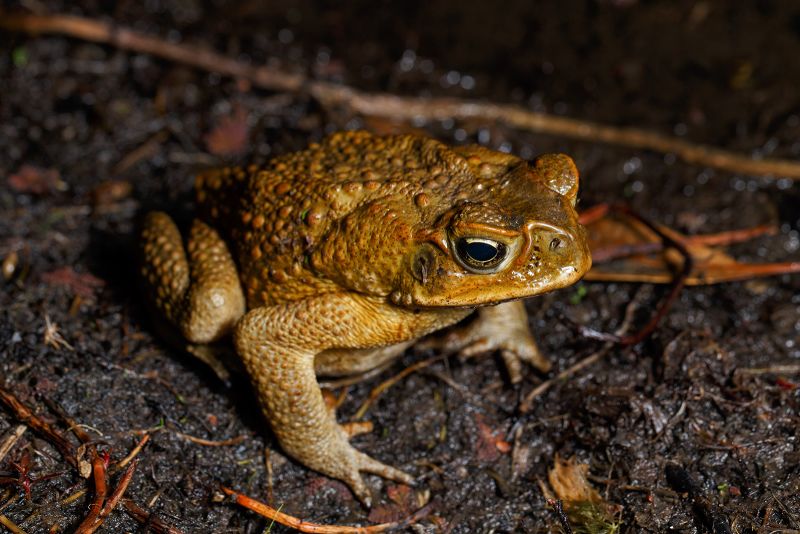
The Invasion of Chinese Mitten Crabs: A Threat to European Ecosystems

The proliferation of Chinese mitten crabs in European waters poses a significant threat to native ecosystems. Scientists are actively working on innovative methods to control the spread of this invasive species and protect the delicate balance of aquatic environments.
The Formidable Chinese Mitten Crab
The Chinese mitten crab, named after the dense mats of hair on its front claws, is a formidable creature with a dark brown body that can grow up to three inches (eight centimeters) in size. With outstretched claws, it can span up to 10 inches (25 centimeters), resembling the size of a dinner plate. This invasive species has been classified as one of the worlds 100 worst invasive alien species due to its near-indestructible nature. The crabs possess the ability to feed on a wide range of food sources, survive in both land and water, and exhibit a rapid reproductive rate, with females producing between 250,000 and 1 million eggs per spawning.
A metal channel is installed across the riverbed, which the migrating crabs fall into. Other aquatic species can swim out, meaning there is very little bycatch.
The Spread and Impact of the Invasion
The Chinese mitten crabs were first observed in Europe over a century ago, near Bremen, Germany. It is believed that they arrived in the ballast water of ships from their native Asia. Since then, the crab population has exploded across the continent, with 18 of the European Unions 27 member states reporting established populations. The European Unions list of invasive alien species of concern highlights the negative impacts of the mitten crab invasion, including disruptions to the aquatic food chain, transmission of crayfish plague, and increased erosion of dikes and banks through their burrowing activities.
Cane Toad (Rhinella marina) near wetland habitat in Boondall Wetlands in Brisbane, Australia on September 19, 2021.
The proliferation of mitten crabs in European environments is a cause for concern, as they have no natural enemies, are opportunistic feeders, and exhibit great resilience. Climate change may also be contributing to their success, as warmer waters provide a more favorable environment for their growth and reproduction. Additionally, the genetic diversity of the species, which includes hybrids of both Chinese and Japanese mitten crabs, further strengthens their ability to thrive in new environments.
Once caught in the trap, the crabs crawl along pipes and are collected in boxes at either side. So far, 3 million crabs have been caught across the three traps in Belgium.
Mitigating the Threat: Innovative Solutions
Scientists across Europe are actively seeking ways to reduce the mitten crab population and protect the native ecosystems from the invasive species. The EU-funded project 'Clancy' aims to address this issue through innovative strategies. One of the most successful methods employed so far is a trap developed by the University of Antwerp and the Flanders Environment Agency in Belgium. These traps, installed in rivers, have proven effective in capturing large numbers of mitten crabs, with an estimated 3 million crabs caught in Belgium alone since 2018.
The traps are strategically placed to target the migration routes of the crabs. During the migration seasons, adult crabs travel from freshwater to the sea to release their eggs, while young crabs move from the sea up rivers. The traps have been instrumental in catching migrating crabs and preventing them from further infiltrating the native ecosystems. The success of these traps offers a cost-effective and environmentally friendly solution to mitigate the threat posed by the Chinese mitten crab invasion.









